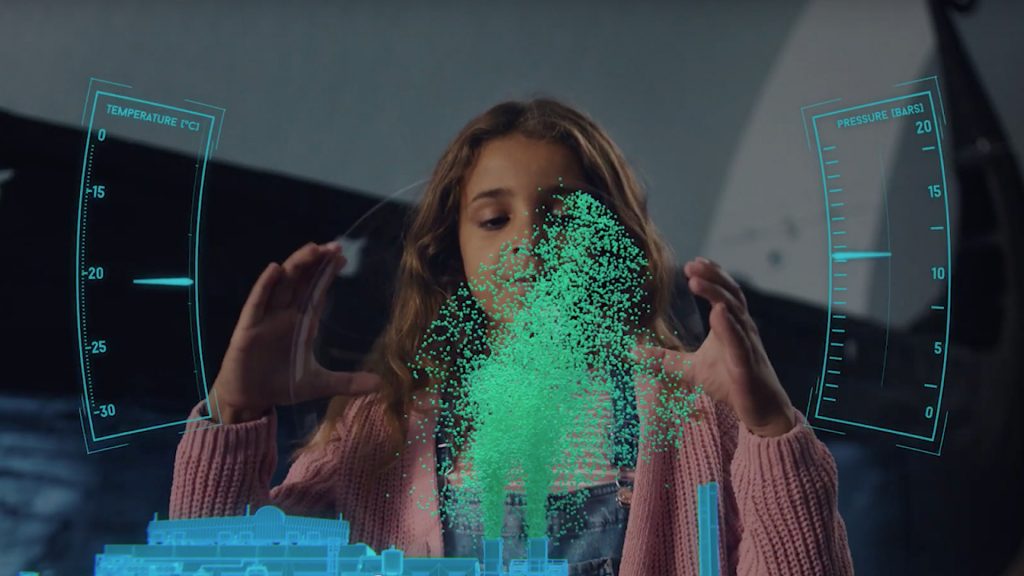Subsea facility for electrical power generation with full CO2 capture for CCS
Budget
2.0 MNOKCLIMIT Financing
65%Project number
256073Project partners
- • Aker Solutions
Project leader
Aker SolutionsProject period
01.01.2016 - 23.09.2016Granted
31/12/2015Background and project purpose?
The Krypton concept is an improvement towards the conventional oxy-fuel facility in that the combustion is at (a) a high pressure, (b) in proximity to the wellhead, and (c) subsea.
(a) High pressure combustion can be done without expensive cleansing and post-processing of the exhaust gases to make it liquid and thus pumpeable. The pressure from the gas source is sufficient to condense the exhaust simply by cooling.
(b) By placing the facility close to the wellhead, the pressure is given by nature. Close to the wellhead, the produced gas can be used as fuel in it’s raw, unprocessed state. The hydrocarbon gas may contain significant amounts of CO2, only increasing the controllability of the process.
(c) Placing the facility subsea will provide ample cooling from the sea water, a cold, inexpensive and readily available medium.
Provided the electricity from Krypton is also utilized to produce the required O2, the power will be 100% environmentally friendly. As described above, Krypton facility will be particularly well suied for subsea installation, but could also be onshore. A Krypton subsea facility could provide offshore and subsea facilities with environmentally friendly electrical power, the power could also be transported to shore.
All in all, we believe Krypton is a “step-change” and competitive zero emission power generator both onshore and offshore; Krypton would have a global applicability and thus have a global market potential.
What was the project objective?
The pre-project objective is to identify and evaluate technology gaps, and identify if such represent techno-economic show-stoppers. The study will address the potential for controlling the high pressure oxy-fuel combustion at various compositions. The Sub-supplier would make a cost estimate for an onshore high pressure oxy-fuel facility that would be compared to a conventional low pressure facility. If the study would indicate that there is little or no saving compared to a low pressure facility, Aker Solutions would assess if the project shall continue. Aker Solutions will study potential show stoppers for a subsea facility, conditional to passing the assessment milestone.
What has the project done in terms of activities?
The project has framed the study for a possible subsea facility, necessary for assessing if it is feasible to design a high pressure oxy-fuel facility that can be modularized for subsea application. Sub-supplier has studied the viability of using natural gas and high pressure oxygen to fuel such facility, and if it is possible to design an efficient steam generator. The sub-supplier has assessed the efficiency of electrical production from the steam in a steam turbine/generator. Comparisons were made to onshore facilities. Partly in parallel to this activity, Aker Solutions has studies the viability of designing such a facility fit for subsea installation and operation. The results from the sub-supplier were included to make an revised concept subsea facility. The sub-supplier has also proposed some subsea proposals with reference to onshore equipment.
What has the project achieved? Did the project achieve its objective?
Regarding decision gate 1:
The study done by the sub supplier showed that a high-pressure oxy-fuel facility will give significant savings in CAPEX – more than 50% – relative to a low pressure facility. The savings are mostly related to the reduced size on the boiler and the reduced requirements for exhaust processing.
Regarding decision gate 2:
The consequent study by Aker Solutions showed that the reduced size and complexity makes this technology suitable for offshore/subsea application. The weights are within what can be handled from an installation, maintenance and repair perspective. Moreover, the estimated CAPEX/OPEX gives a levelized cost of electricity delivered offshore that competes with power from shore.
From this it follows that the objective has been met in full. No showstoppers identified; on the contrary, the savings by going high-pressure is of such a magnitude that this could be the technology that makes carbon capture palatable. Moreover, the reduced size and complexity makes this technology not only feasible for subsea application but well within the realm of what has been done before, ref. Åsgard Subsea Compressor Station which has now been operating for over a year.
Future plans?
Further work should include proving condensation of exhaust from high pressure oxy-fuel combustion, comparing to model predictions. This would preferably be by small scale testing. Subsequently, a small scale combustor/boiler should be demonstrated.


